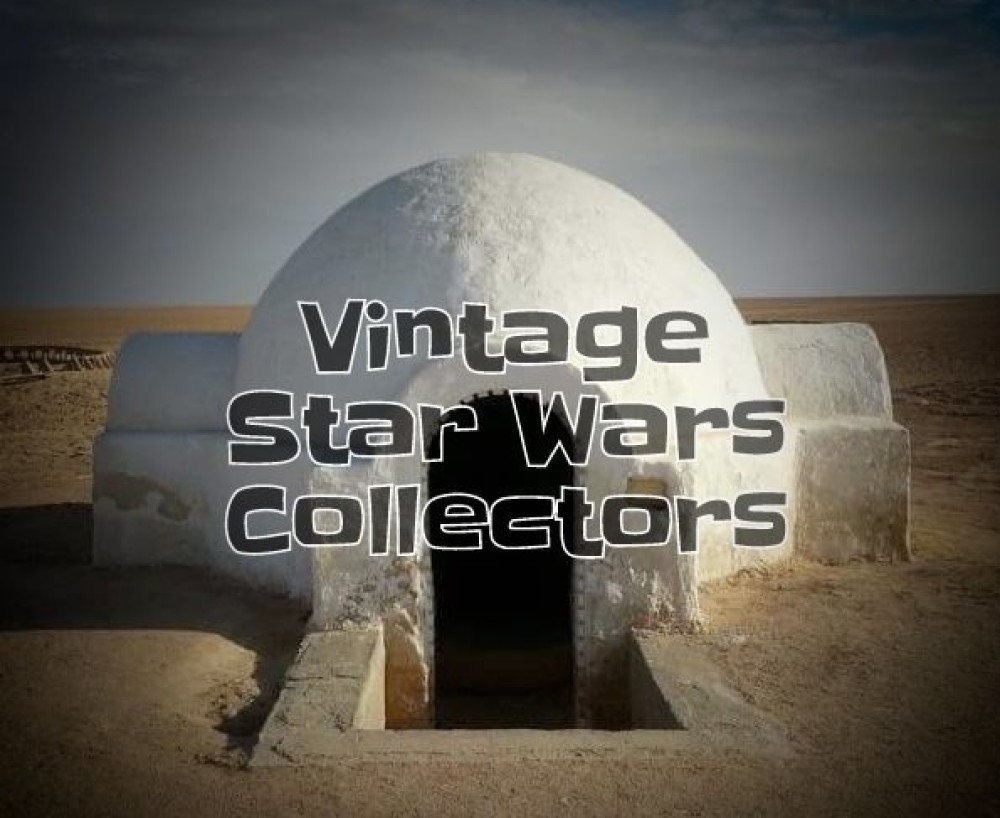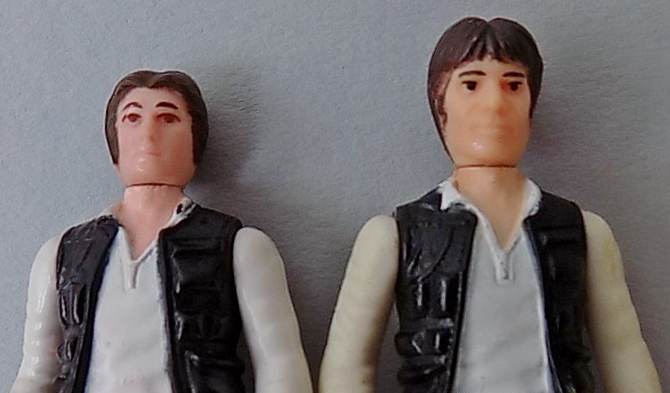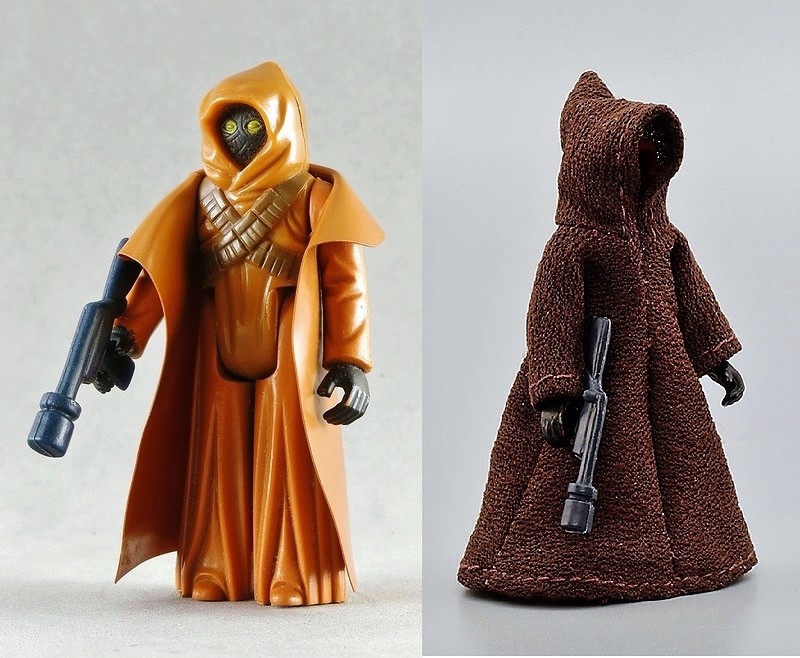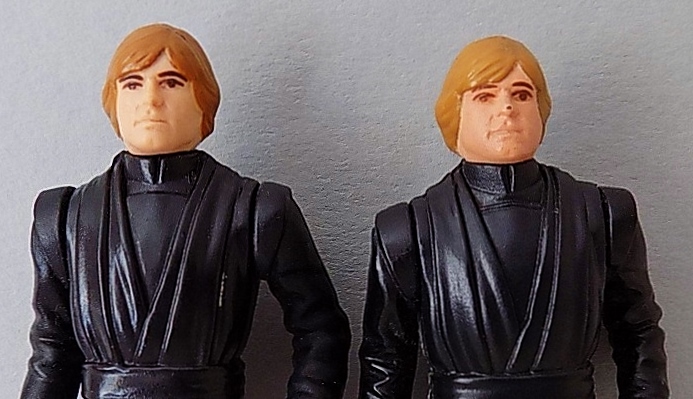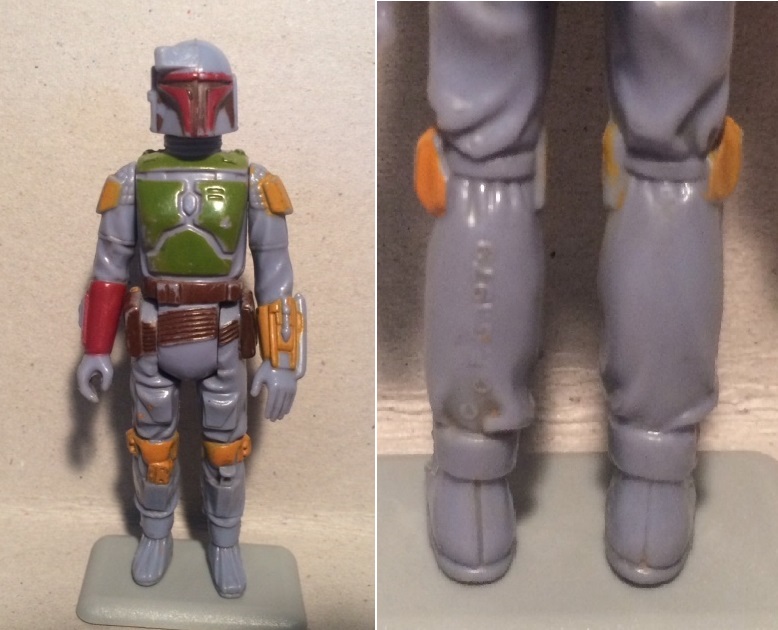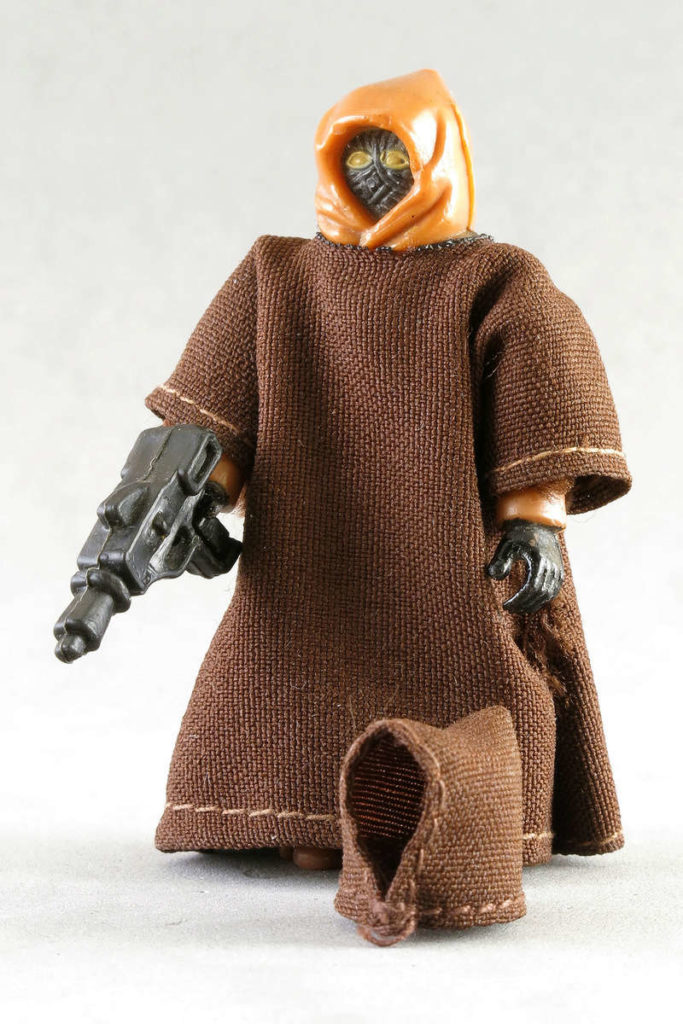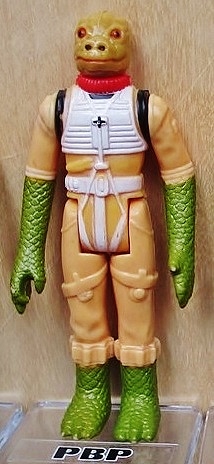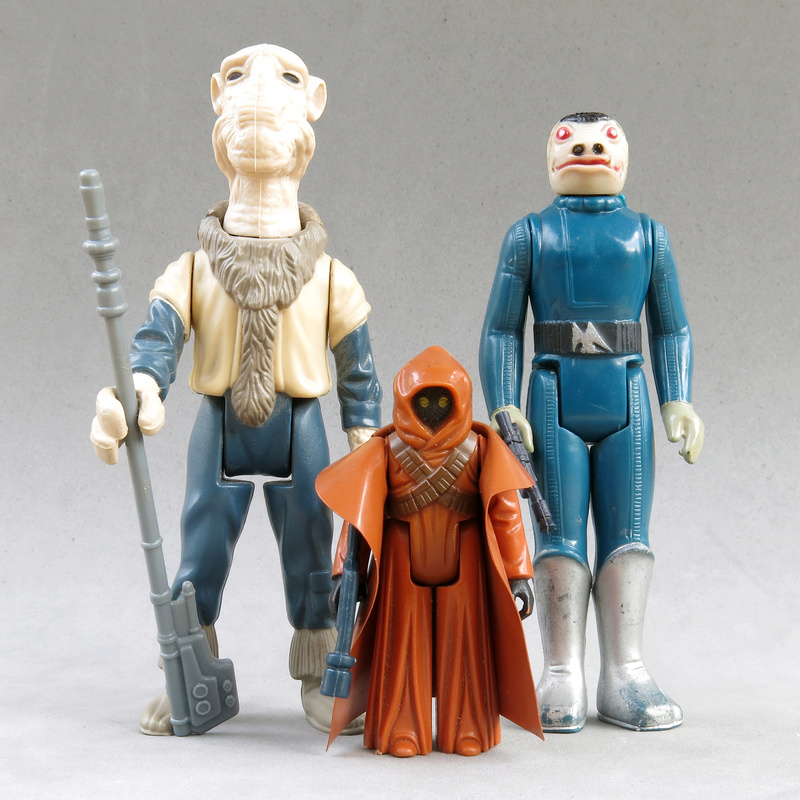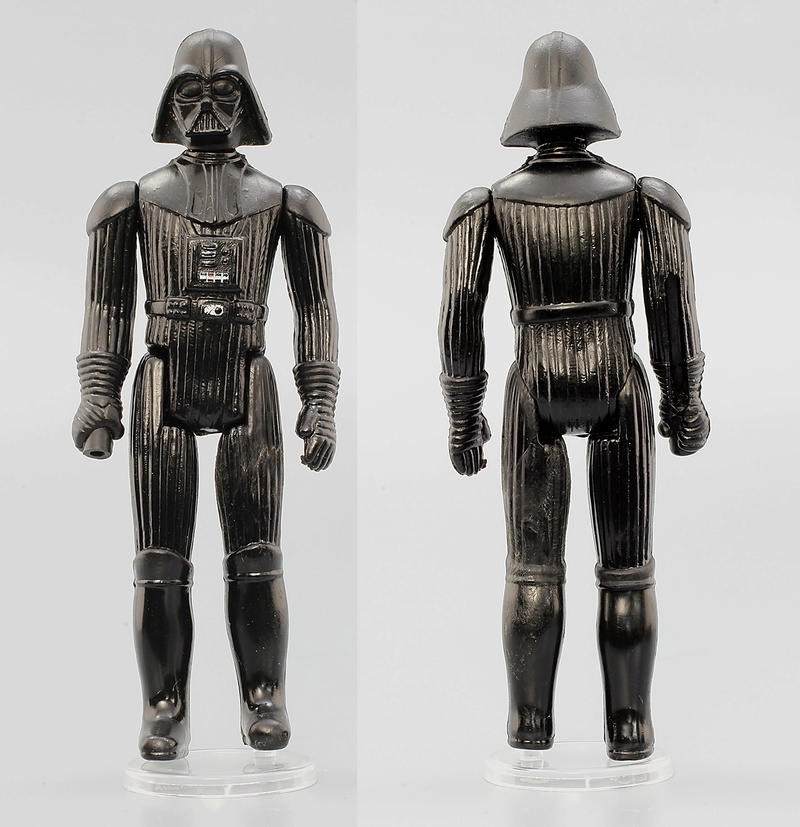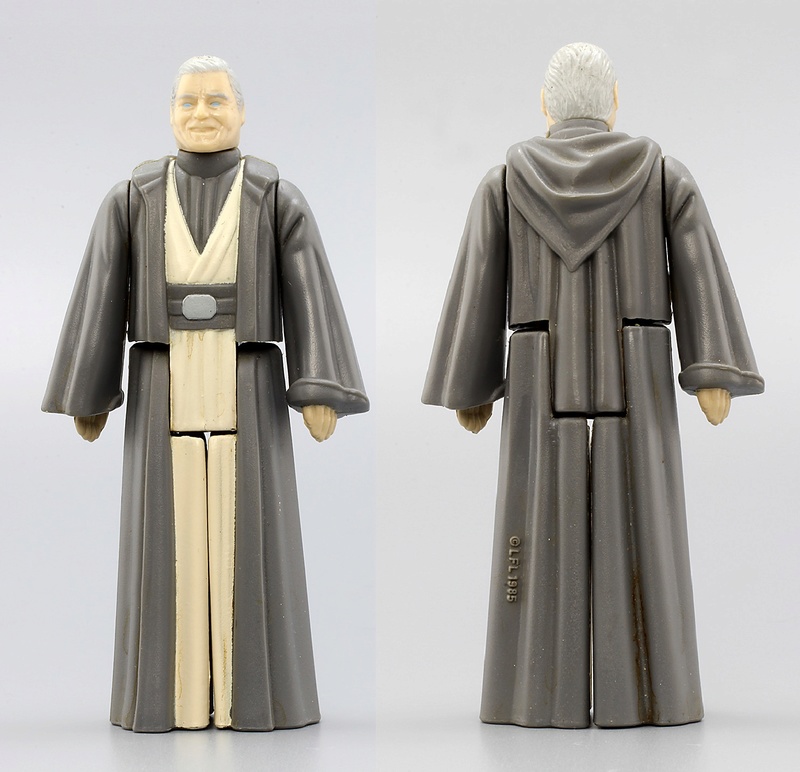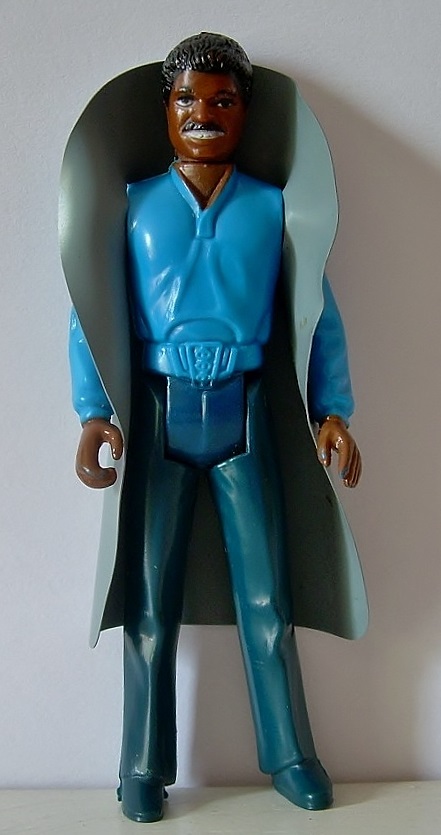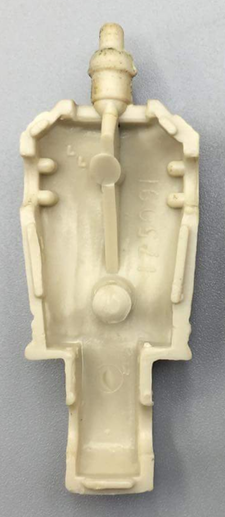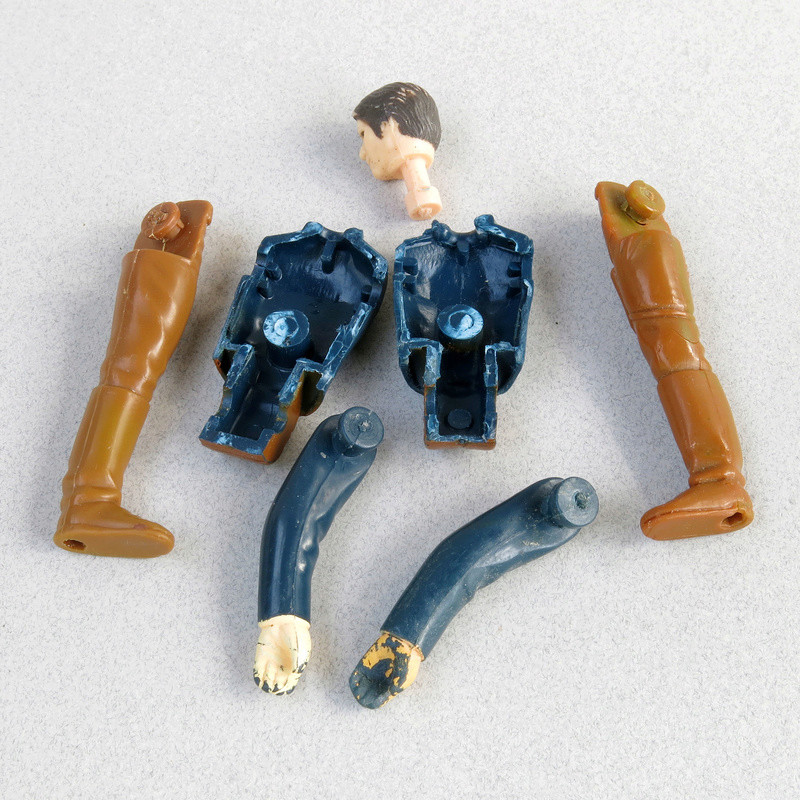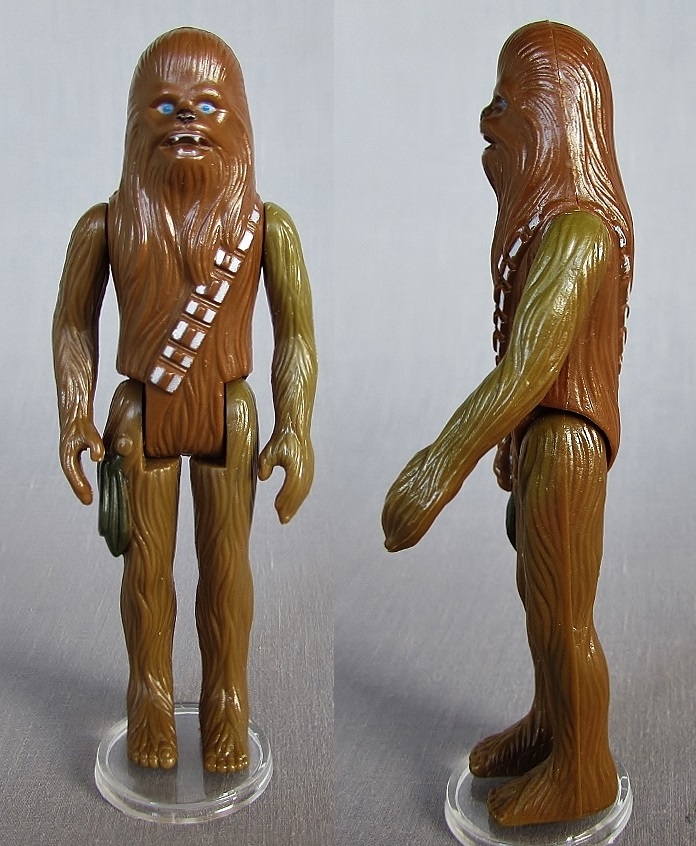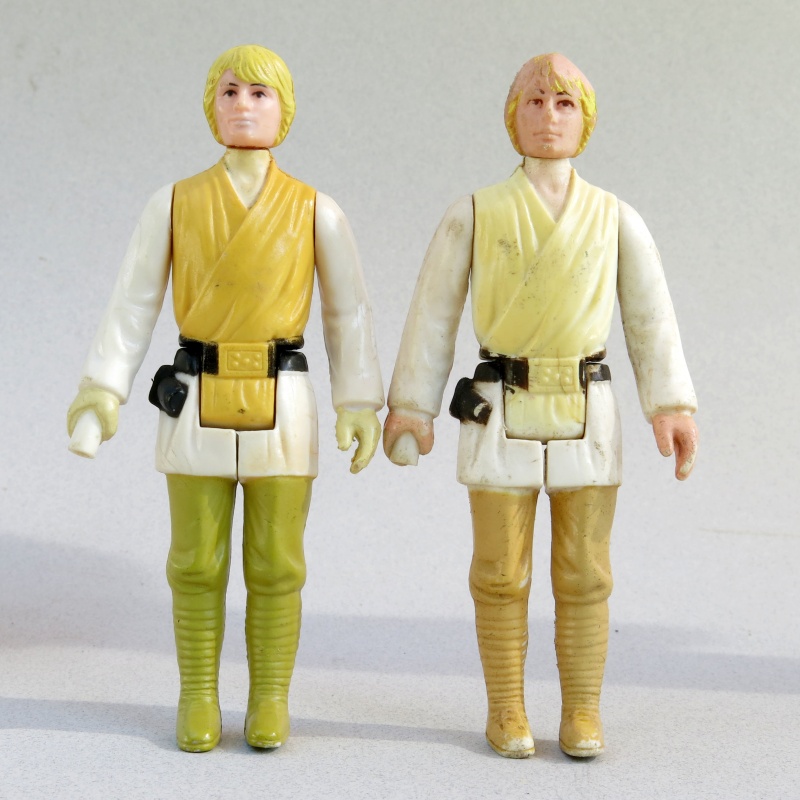I’m excited to welcome onto the blog yet another guest collector, this time my good friend and fellow Tantive XI moderator Steve P! Steve is a bit of a legend in the variant collecting world so I thought he would be the perfect candidate to write an article outlining exactly what variant collecting is. Variant collecting is often misunderstood and I can’t count the amount of times I’ve witnessed someone being criticised for “hoarding” figures when they are in fact all variations of a figure.
Massive thanks to Steve and to all of the variant hounds on the Tantive Team for putting this educative and entertaining article together. If you’d like to learn more about Steve, check out his profile on Tantive XI:
Take it away Steve!
VARIANT COLLECTING 101 – with Associate Professor cantina_patron (BA, M.A, PHD – London School of the Identification and Collection of Variant Figures)
What is variant collecting?
Many collectors are happy to build a complete loose collection of the 105 characters & creatures released during the original toy production run from 1978 through to 1985. However, once the collecting bug has set in and a basic set has been built, some collectors maintain their interest by seeking out different versions / variants of each character.
So what is variant collecting? In broad terms it can be divided into:
‘Major’ variants – involving significant changes in sculpt, materials used & paint application.
Well known examples include:
Han Solo (small & large head)
Jawa (vinyl or cloth cape)
Luke Jedi (head moulded in flesh colour plastic with painted hair or head moulded in hair colour plastic with painted face):
‘Minor’ variants – e.g. small mould differences, differences in paint application and or colour used. It should be noted that figures produced by a single factory may have minor batch to batch variations in paint colour.
In recent years a lot of collectors have also been collecting COO (country of origin) stamp variants e.g. Hong Kong, Made In Hong Kong, China, Macau, Taiwan, Made In Taiwan, Japan, blank raised bar, no COO and COO scar.
For more information on COOs please follow this link to Tantive XI’s guide:
Any help filling in gaps would be appreciated!
When did variant collecting take off?
Personally, like many collectors I started looking for ‘major’ variants such as Obi-Wan with white and grey hair in the early 90s when I got back into collecting while completing my childhood collection. I am under the impression that serious loose variant collecting has increasingly grown over the last 10 years due to international collectors sharing knowledge and trading via the internet.
How has variant research benefited the vintage Star Wars community?
The research that has gone into variant collecting has helped confirm what factories produced the figures (in part or full), what cardbacks they appeared on & in which countries they were available. e.g. the infamous burgundy coat Bib Fortuna is exclusive to the former Lili Ledy factory in Mexico and was only available at retail in Mexico. The research that has been conducted & published by notable collectors on forums, Facebook & their own websites has been hugely valuable to the collecting community & has driven the current interest in variant collecting. However there are still gaps in our knowledge.
What are some of the rarest variants?
Some of the rarest & most desirable production variants include:
Kenner (US) Luke, Vader & Ben figures with double telescoping (DT) lightsabers;
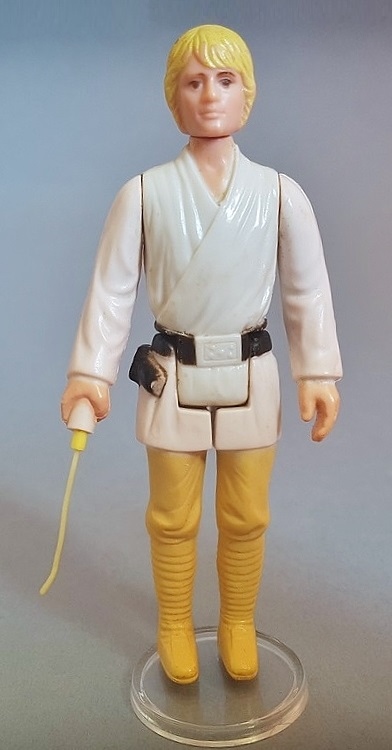
Meccano (France) Boba Fett, Luke Farmboy & Death Star Droid;
Lili Ledy (Mexico), Burgundy coat Bib Fortuna, removable rocket Boba Fett & Jawa removable hood;
Poch/PBP (Spain) Jawa, ‘toxic’ green limbed Bossk and 4-LOM;
Toltoys (Australia) unique Vinyl caped Jawa.
Figures produced by Top Toys (Argentina) and Glasslite (Brazil) are also highly desirable to many collectors.
Great care should be taken when purchasing high end variants as there are many fakes on the market, some are obvious but others can only be spotted by the trained eye. It is strongly recommended to do your research, ask questions, request detailed photos and to buy from reputable sources.
Why are some variants overrated?
Some of the most desirable and expensive variants aren’t actually that rare, but due to their desirability they command a premium on the secondary market. Prime examples include: the vinyl caped Jawa, blue Snaggletooth & Yak Face.
The vinyl caped Jawa & blue Snaggletooth are particularly desired by European collectors as the vinyl caped Jawa saw a very limited release here & the blue Snaggletooth was a US exclusive through the Sears Cantina Adventure set. Conversely Yak Face was relatively abundant in Europe, but not released in the U.S, so U.S collectors regard this figure in the same way that European collectors regard the vinyl caped Jawa & blue Snaggletooth.
Prior to the rise of eBay, forums and Facebook, these figures were considered rare outside of their country of origin. Today these three figures can be found available for sale online virtually any day of the week, whereas other variants such as some of the confirmed erarly Poch/PBP (still being researched) and Meccano figures may only be seen very occasionally.
Who are the most well-known variant collectors?
Some of the notable variant collectors who are well known and respected authorities in the collecting community include:
Wolff (Aslan Adam on Facebook);
Kenneth (Kenneth_B on the forums);
Marco (Dr Dengar on the forums)
Sergio (slolance4ever on the forums); and
Henrik (HWR on the forums).
These are just a few of the most well-known, there are many more.
As you can see from the above list, a lot of notable variant collectors are based in Europe. One explanation for this may be due to the fact that more variants were available here at retail. For example, in the UK we had figures packaged on Palitoy cards, US Kenner cards and Trilogo cards. The figures packaged on these cards were manufactured in the various Asian factories as well as Spain during the latter period of production.
Factory Errors and Discolouration
A variant is often mistaken for a factory error or discolouration, especially by individuals who are new to the hobby, or don’t take the time to do their research. A true variant is a figure whose appearance is that intended by the manufacturer. Therefore there are numerous confirmed examples for the same character, including MOC.
Factory errors come in many forms. Although they should not have made it through quality control they are pretty abundant. Common examples include:
Short shots / pours where the COO may appear to be very faint or completely absent. These can be mistaken for, or passed off by unscrupulous dealers, as pre-production items. The affected leg will usually have less definition of the other details and be shorter :
Odd limbs e.g. two right arms or two left legs :
Paint errors e.g. missing paint application, or overspray. As the figures are painted before assembly, missing paint usually only includes one colour and affects one part of the body :
Non sonic welded figures. Occasionally figures can be found that are non sonic welded (the process used to ‘glue’ the body together and hold the limbs in place). These figures have a torso which can be pulled apart allowing the component parts to be separated;
Please note that genuine non sonic welded figures have no signs of melting / damage to the internal seams or the pin and receiving hole of the torso. Unfortunately, some people try to pass off separated, poorly sonic welded figures as un sonic welded, so again care needs to be taken when purchasing these factory errors.
Example of a ‘forced apart’ sonic welded figure. Note the damage described above.
More detailed info can be read here:
http://www.tantivexi.com/t1513-short-pour-factory-error-figures.
Discolouration / degradation is the result of chemical changes in the plastic or paint e.g. the breakdown of pigments. Discolouration / degradation is most frequently caused by environmental factors such as ultraviolet light, humidity, gases & temperature. Many people mistakingly identify discoloured / degraded figures as a variant & can take some convincing of the truth. A classic example of this is the ‘green’ limbed Chewbacca. While the discolouration can look very uniform there are enough documented examples which are in the process of changing to demonstrate that they are not true variants, as seen here.
White plastics can turn pale yellow through to orange / brown. There is a growing trend among some collectors & dealers to chemically bleach these figures in order to increase their aesthetic appeal / value. However, it is not known what harmful long term effects this practice will have on the stability of the plastics. It has also been documented that this treatment only provides a ‘short term’ fix as some of the bleached figures have started to turn yellow again.
Paints can also degrade e.g. Pink can fade to cream or white due to the break down of the red pigments.
More information on discolouration / degradation can be found here:
Unfortunately there appears to be a divide between MOC collectors & loose variant collectors. If we can actively encourage more MOC collectors to identify what mould families their figures belong to & confirm the cardback & factory code (where applicable), it will be possible to establish with even more clarity when each variant was produced, its distribution and even where it was manufactured.
Collecting variants can be both fun & frustrating, but the basic full collection of 105 loose figures can be increased to several hundred. Let the chase begin!
Photo Credits: The Tantive XI team & Matthieu Barthelemy
ANNEX: Best internet resources
Here are some links to some of the best internet sources for researching variants:
Tantive XI: http://www.tantivexi.com/
Rebel Scum: http://rebelscum.com/
The Imperial Gunnery Forum: http://www.imperialgunneryforum.com/
Star Wars Forum UK: http://www.starwarsforum.co.uk/
There is also a lot of great information on the Facebook groups, but specific discussions can be hard to find. Forums are much easier to search.
